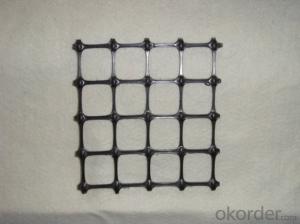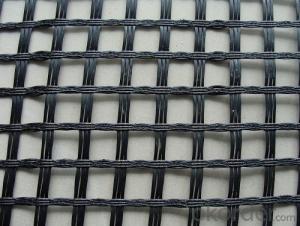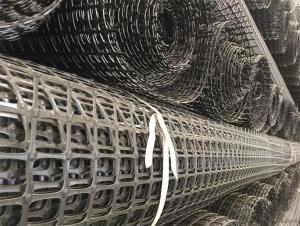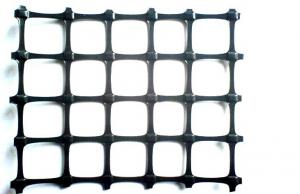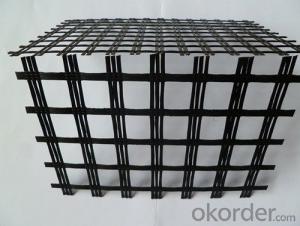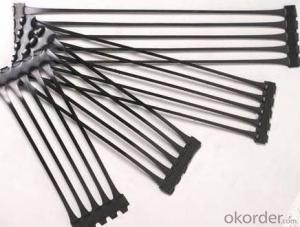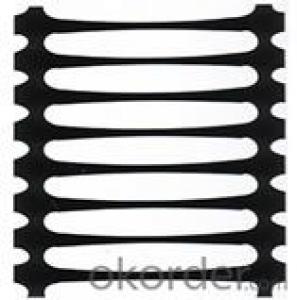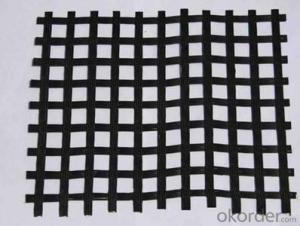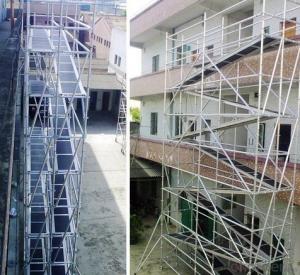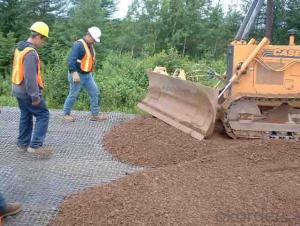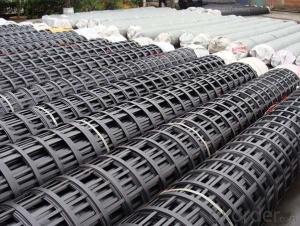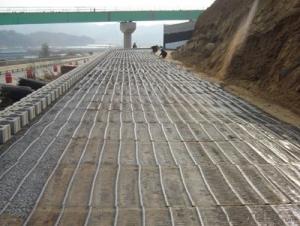Geogrid Retaining Walls
Geogrid Retaining Walls Related Searches
Led For Cannabis Growing Fiberglass Panels For Roofing Geogrid For Retaining Wall Geogrid For Erosion Control Geogrid For Road Stabilization Geogrid For Gravel Roads Geogrid For Gravel Driveway Geogrid For Roads Geogrid For Driveway Geogrid For SlopesHot Searches
Steel Mesh Panels For Sale Price For Stainless Steel Scrap Scrap Price For Stainless Steel Cheap High Tea Sets For Sale Stainless Steel Tanks For Sale High Density Fiberboard For Sale Solar Hot Water Collectors For Sale Scaffolding For Sale In Uae Scaffolding For Sale In Ireland Scaffolding For Sale In Houston Type Of Inverter For Solar Price Of Shipping Containers For Sale Types Of Inverter For Solar Stock Price For Aluminum Used Solar Inverter For Sale Portable Led Signs For Sale Stone Hot Water Bottles For Sale Large Led Screens For Sale Used Aluminum Scaffolding For Sale Steel Mesh Panels For SaleGeogrid Retaining Walls Supplier & Manufacturer from China
Okorder.com is a professional Geogrid Retaining Walls supplier & manufacturer, offers integrated one-stop services including real-time quoting and online cargo tracking. We are funded by CNBM Group, a Fortune 500 enterprise and the largest Geogrid Retaining Walls firm in China.Hot Products
FAQ
- Geogrids are synthetic materials with high tensile strength, used in civil engineering and construction projects. They are typically made from polymers such as polyester or polypropylene and have a grid-like structure. The properties and characteristics of geogrids include: 1. Tensile Strength: Geogrids possess high tensile strength, allowing them to withstand heavy loads and distribute stress efficiently. This property makes them suitable for applications such as soil stabilization and reinforcement. 2. Aperture Size: Geogrids have a grid-like structure with different aperture sizes, which can vary based on the intended use. The aperture size determines the amount of soil interlock and confinement provided by the geogrid. 3. Flexibility: Geogrids exhibit flexibility, enabling them to conform to the shape of the terrain or structure they are applied to. This flexibility allows for easier installation and adaptability to different project requirements. 4. Durability: Geogrids are designed to be highly durable and resistant to environmental conditions such as ultraviolet (UV) radiation, chemical exposure, and biological degradation. This durability ensures the long-term performance and lifespan of geogrids in various applications. 5. Installation Ease: Geogrids are generally lightweight and easy to handle, facilitating their installation. They can be rolled out or placed directly onto the ground, minimizing the time and effort required for construction. 6. Soil Interaction: Geogrids enhance the interaction between soil particles, increasing their shear resistance and improving overall stability. This property is especially beneficial in applications like retaining walls, slopes, and roadways. 7. Drainage Capability: Some geogrids have a porous structure that allows for water drainage, preventing the buildup of hydrostatic pressure and reducing the risk of soil erosion. Overall, geogrids offer a range of beneficial properties and characteristics that make them versatile and effective in various civil engineering and construction applications.
- Yes, geogrids can be used in mining operations. Geogrids are commonly used in mining to provide reinforcement and stabilization to slopes, walls, and embankments. They help to prevent soil erosion, improve load-bearing capacity, and increase overall safety in mining sites.
- Yes, geogrids are typically resistant to chemical exposure. They are designed to withstand various environmental conditions, including exposure to chemicals, without significant degradation or loss of strength.
- What are the criteria for Geogrid?Would like to know the price of Geogrid and geogrid manufacturers
- Geogrid is a kind of polymer material with square or rectangular shape which is formed by stretching. It can be used as two kinds of uniaxial tension and biaxial tension
- Geogrids provide several benefits when used in retaining walls. Firstly, they enhance the stability and strength of the wall by distributing the lateral forces evenly across the structure. This helps to prevent the wall from collapsing or shifting under heavy loads or external pressures. Additionally, geogrids increase the overall durability and lifespan of the retaining wall by reducing the impact of erosion and soil movement. By reinforcing the soil behind the wall, geogrids minimize the risk of settlement or displacement, ensuring the long-term integrity of the structure. Furthermore, geogrids are cost-effective and easy to install, making them a practical choice for retaining wall construction projects.
- The long-term performance monitoring requirements for geogrids include regular inspection and assessment of their mechanical properties, such as tensile strength, creep behavior, and durability. Monitoring should also involve evaluating the geogrid's ability to withstand environmental factors such as chemical exposure, temperature fluctuations, and UV degradation. Additionally, long-term monitoring should assess the geogrid's performance in terms of soil interaction, stability, and its impact on the overall performance of the reinforced structure.
- Yes, geogrids can be used in ground reinforcement for recreational facilities. Geogrids are commonly used to stabilize and reinforce soil, making them ideal for applications such as sports fields, playgrounds, and other recreational areas. They help to prevent soil erosion, improve load-bearing capacity, and enhance the overall stability and durability of the ground.



